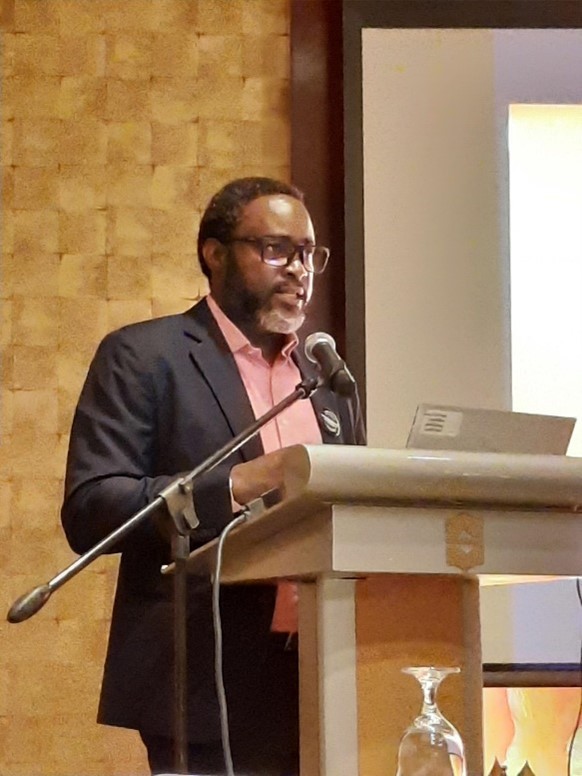A vaccine expert reinforced high vaccine coverage and the suitability of a pneumococcal conjugate vaccine (PCV) as crucial strategies to reducing overall pneumococcal disease burden in the Philippines.
Pneumonia is the leading cause of death of children below five years old in the Philippines. Globally, around 672,000 children die from pneumonia every year. This is equivalent to a child dying every 47 seconds.
Dr. Olakunle Oladehin, a vaccine expert and current Regional Vaccines Medical Lead for GSK, stressed the importance of high vaccine coverage to ensure success of a vaccination program especially in the current context of the pandemic.

“Even if we have the best vaccines, we will not be able to see its full impact if vaccination coverage is low. It is critical that every country strives to revive its vaccination uptake against diseases like pneumonia,” said Dr. Oladehin in a scientific lecture with local healthcare experts.
According to the Department of Health (DOH), childhood immunization fell to 48.5% in 2021 due to the impact of the COVID-19 pandemic and the necessary focus on COVID-19 vaccination as a response. The DOH has continuously ramped up its routine immunization activities including implementing the Chikiting Bakunation Days from April to June.
“I commend the determination of the Philippine government to bring back its immunization rates coming from the impact of the COVID-19 pandemic,” said Dr Oladehin.
Meanwhile, Dr. Oladehin also reiterated the importance of ensuring that a given PCV should protect against relevant strains of Streptococcus pneumoniae in the Philippines, a type of bacteria that causes pneumonia and other invasive diseases.
“To achieve overall protection, the choice of PCV should address the most prevalent strains in the local landscape,” said the vaccine expert.
In 2020, the Health Technology Assessment Council (HTAC) of DOH reviewed the use of PCVs in the country, coming from a position statement issued by the World Health Organization (WHO) in 2019. The mandate of HTAC is to undertake technology appraisals by determining their clinical and economic values in the Philippine healthcare system.
In its report, HTAC recommended the use of PCVs protecting against 11 important strains which accounted for 48% of Invasive Pneumococcal Disease (IPD) cases found in the Philippines namely 1, 4, 5, 6B, 7F, 9V, 14, 18C, 19A, 19F and 23F. The recommendation was based on local surveillance data from the Research Institute of Tropical Medicine (RITM) from 2012-2019.
Majority of these strains are highly invasive, and it is imperative that a given PCV should have evidence of being able to protect against them, Dr Oladehin said.
“Invasive pneumococcal strains like 18C and 4 can destroy living tissues or spread to many organs of the body through the blood, increasing likelihood of death,” Dr Oladehin zeroed in during his presentation.
Currently, there are three PCVs pre-qualified by the WHO—PCV13 and 2 kinds of PCV10: PHID-CV and SIIL- PCV. The two PCVs that were reviewed by HTAC—PHID-CV and PCV13—are suitable to address the 11 strains in the country.
Backed by real-world evidence and experience of being used in National Immunization Programs (NIP) across the world, both PHID-CV and PCV13 are included in the Philippine National Formulary (PNF) and can be procured for use under the Philippine’s own NIP.








